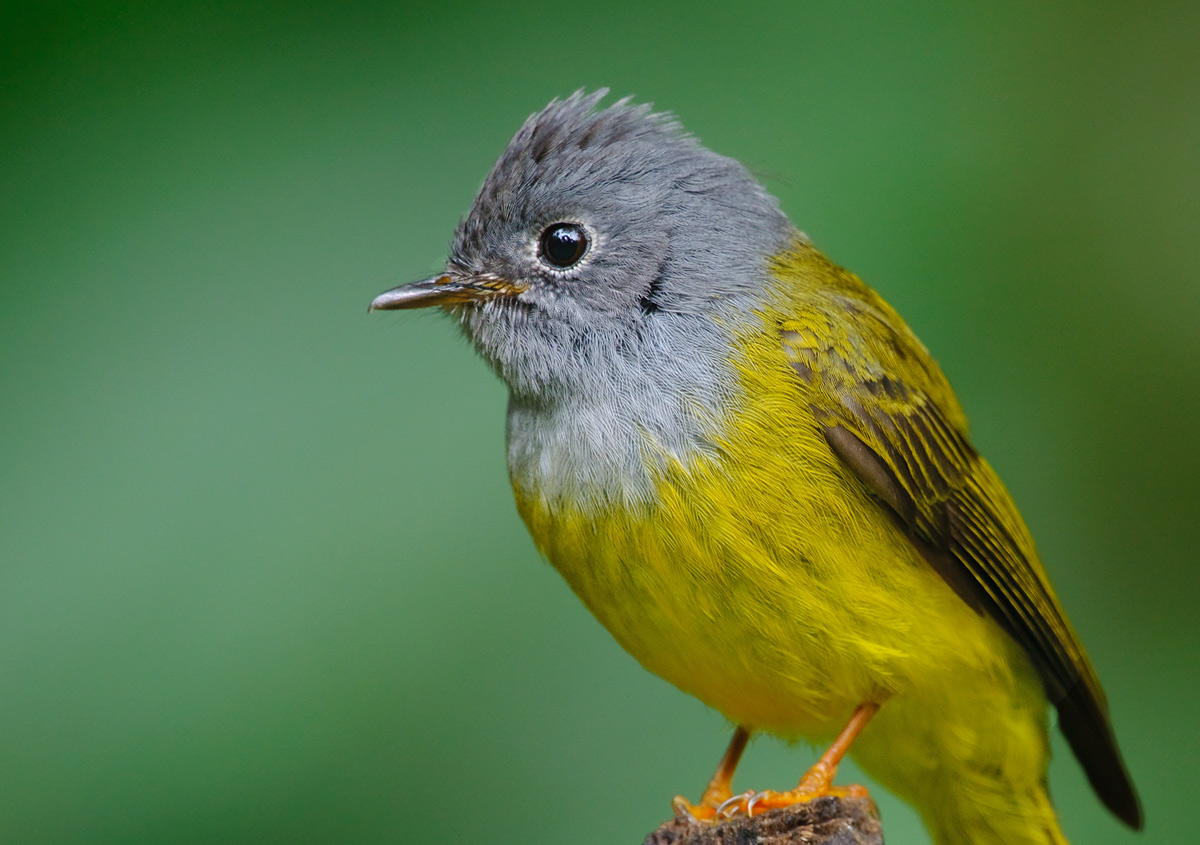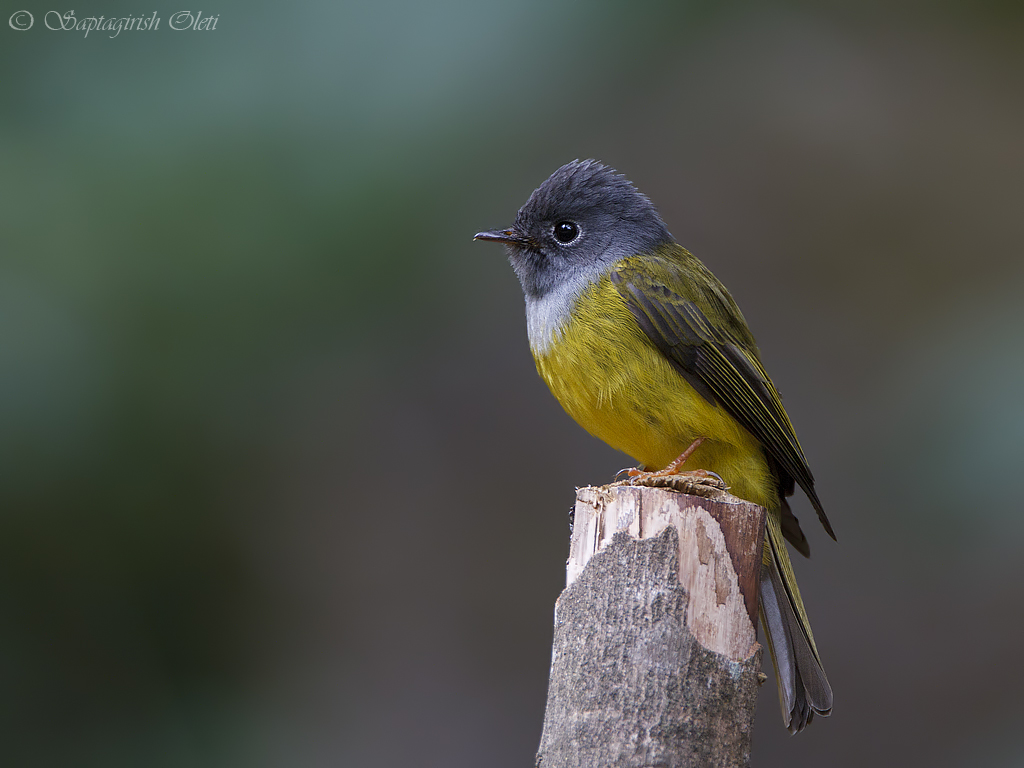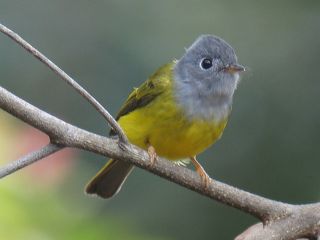
Culicicapa ceylonensis
SUBFAMILY
Petroicinae
TAXONOMY
Platyrhynchus ceylonensis Swainson, 1820, Ceylon (Sri Lanka).
OTHER COMMON NAMES
English: Gray-headed canary flycatcher; French: Gobemouche
а tкte grise; German: Graukopf-Kanarienschnдpper; Spanish:
Papamoscas Canario de Cabeza Gris.
PHYSICAL CHARACTERISTICS
4–5.25 in (11–13 cm); c. 0.4 oz (11 g). Gray head, throat, and
breast. Yellow back and belly; and dark grayish brown wings
and tail.
DISTRIBUTION
Breeds patchily in India and along Himalayas from northern
Pakistan across to Bangladesh, Myanmar, southern China,
Thailand, Laos, Cambodia, Vietnam, peninsular Malaysia,
Sumatra, Java, Borneo, Bali, Lombok, Sumba, and Flores.
Leaves higher altitudes in winter and spreads into plains in India
and into southern Thailand and Vietnam. Four subspecies.
HABITAT
Primary and tall secondary lowland and hill forests; riverine
forests; remnant forests; and cultivated trees, including coffee.
Up to 9,840 ft (3,000 m) elevation in the Himalayas. Moves
onto plains in India in winter and out of higher altitudes.
BEHAVIOR
Singly or in pairs. Usually in mid-story, perched on bare
branches or vines. May join flocks of mixed species. Calls are
comprised of a rising series of two or three short whistles, as
well as a trilling song.
FEEDING ECOLOGY AND DIET
Sallies from branches for flying insects. Flutters and hovers
among foliage.
REPRODUCTIVE BIOLOGY
Breeds March to June. Cup-shaped nest of moss and lichen,
often placed on epiphytes on trees or rocks. Lays two to four
pale buff eggs, with gray blotches.
CONSERVATION STATUS
Not threatened. Some populations are common, but subspecies
on Lombok and Flores are apparently uncommon or rare.
SIGNIFICANCE TO HUMANS
None known.
Other popular Animals
Photo Gallery of - Gray-headed flycatcher




 Animalia Life
Animalia Life